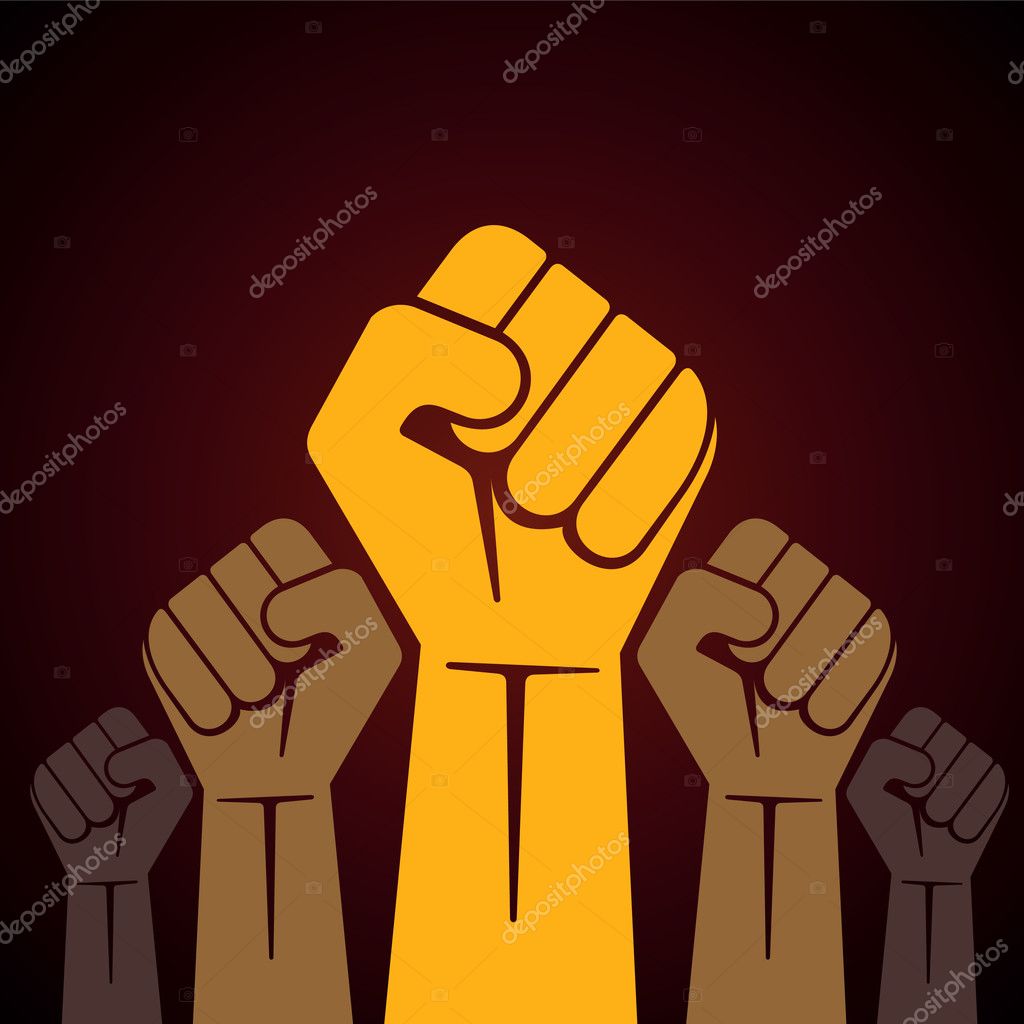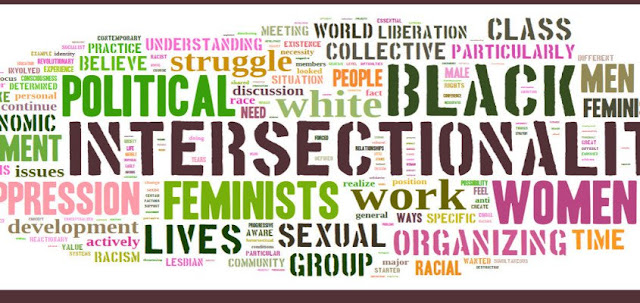From the content of:
Intersectionality: "Being impacted by multiple sources then being left to fend for yourself."
Kimberle Crenshaw
We do not understand intersectionality because of the trickle down approach to social justice. This is the reason why Kimberle Crenshaw defined the term intersectionality. If we do not have a 'frame' for the injustice that is happening then we do not think it exists. She gives the example of black women brutalized by police. WE need to establish/build a frame for the injustices so Society has a better understanding and so the injustices can be highlighted, supported, and dealt with.
 |
| The more I learn, it saddens me for the incessant cruelty.... |
 |
| #SAYHERNAME |
 |
| This is me frustrated for all the injustices. |
 |
| 1955; Emmet Till (14 yrs old; murdered for 'whistling/flirting with a white woman) |
I scrunch my brows and think and think,
then I start to unpack where I came from to figure out
how I could not know that
although we are all born human, this does not define us or
shape our opportunities and struggles.
What does define us?
Is it who our parents are?
..the color of our skin?
…the abilities we are born with?
These answers and traits play a part in the game of life and how we are defined.
In turn they also define the path of life experiences, privileges, struggles, injustices, violence, and judgements which will occur and which we will incur.
Then I think, privilege is something we all know about; but wherever our baseline exists based on our identity and Societal Norms, we may not know of the struggles and injustices of those who are not “privileged” because it is not our experience or exposure.
This is not an excuse to not know, it is just my thought of how we come to where we are.
We come from our parents - whomever they may be or were and the Societal Norms of their times.
They come from their parents and whomever they may have been and the Societal Norms of their times.
Societal Established Norms which exist model and
shape people; humans.
Whose hands shape us?
So, I unpack.
Quiet, in my world a child of ‘white’
parents both from poverty
one purely Italian strict Catholic who grew up in inner city privileged by her straight A’s and love of school to gain scholarships to Catholic Schools.
one mixed Italian with Portuguese, from a mixed race of teenage parents who grew up in poverty with holes in his shoes and ragged clothes from stories told
he barely made it through high school
she would have been a great scholar beyond high school; the culture of her family and society did not support that or give her that vision at that time.
Did they know of Emmet Till’s glass topped casket? What did they think of that in 1955? My Dad was ten. My Mom was 7. Did their parents tell them? Did they know?
What was their take on the Civil Rights Movement? Did they pay attention? Did they have an opinion?
Dad was the product of teenage parents who had very limited resources. Perhaps he was not educated by them?
My dad working class hard worker, who worked and failed until he became an entrepreneur with the assist of my mother’s organized mind.
together they would find
societal and personal success measured by what they provided for us and what they believed to be success
Despite their own struggles, they taught with their invisible wand to keep race segregated from an intersection of family of races. Did they know what they were doing?
Defining races other than ours as dirty and not as good as we are… teaching us that we are privileged and hard working; others are not.
It’s okay to coexist just don’t mix.
This felt wrong, I didn’t understand. I listened but did not follow. But did not know more or less.
What’s the difference? People are people. This is what I thought. This is what I think, this is what I know.
Now I have begun to learn about White Privilege, BLM, LGQBT,#SAYHERNAME, and the term Intersectionality.
As a human with this awareness, I have the obligation to stay aware and stand with all who are human and to teach what I know to my children, who know more than I do.






















































